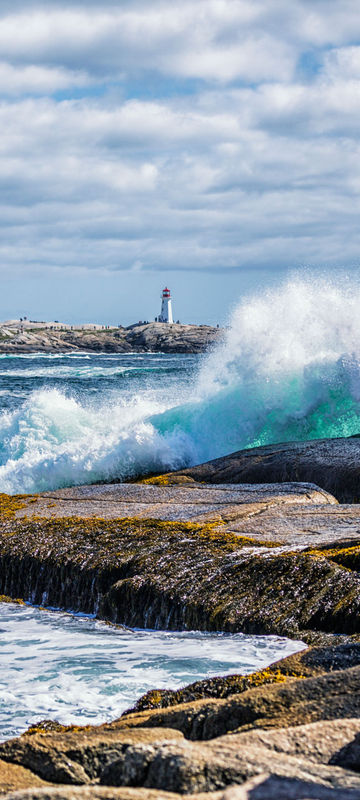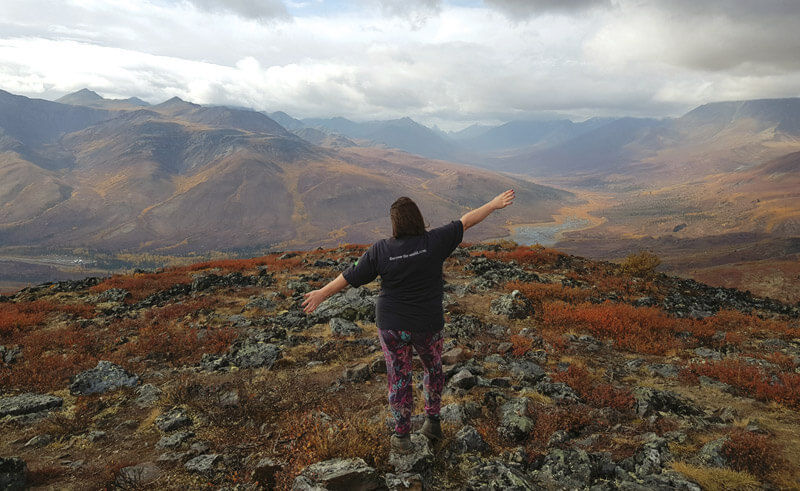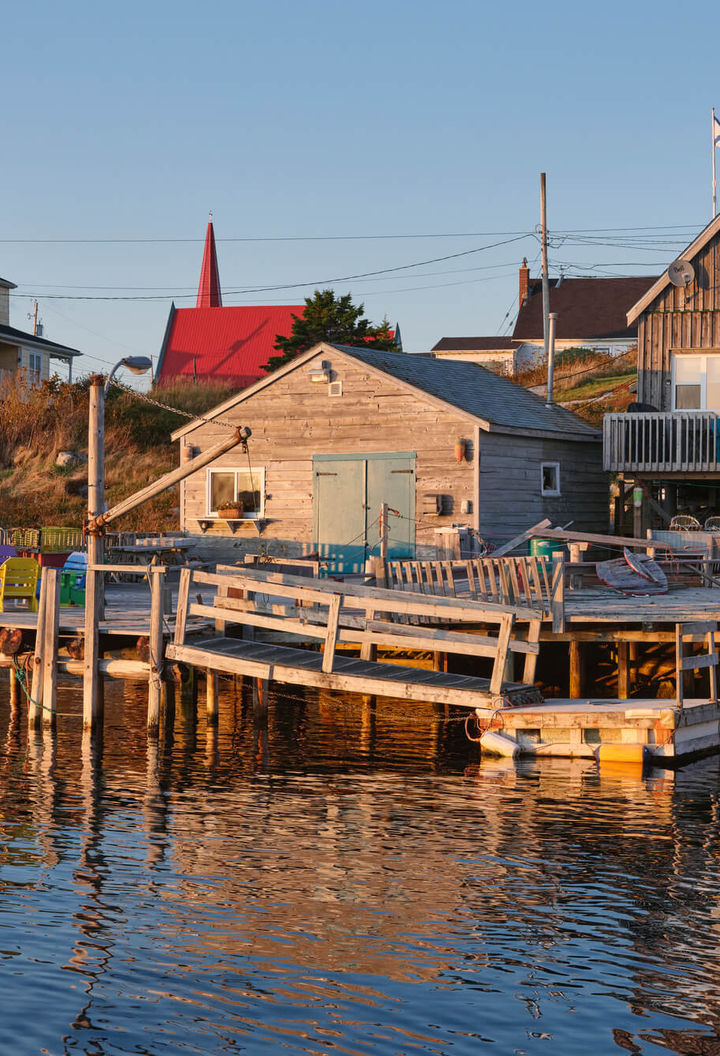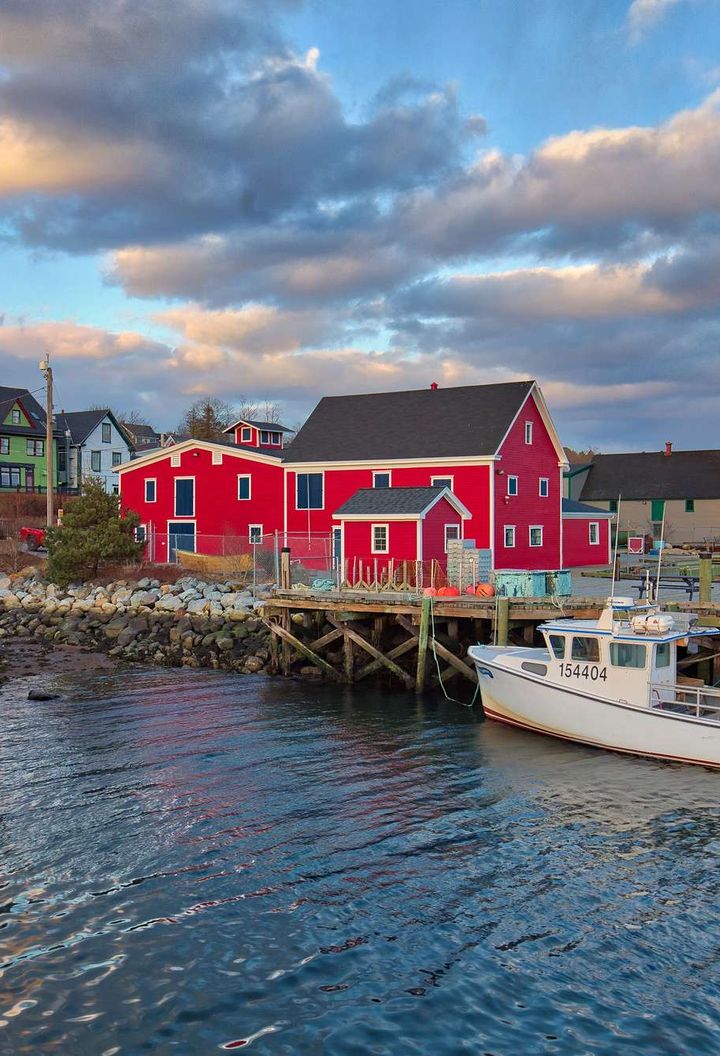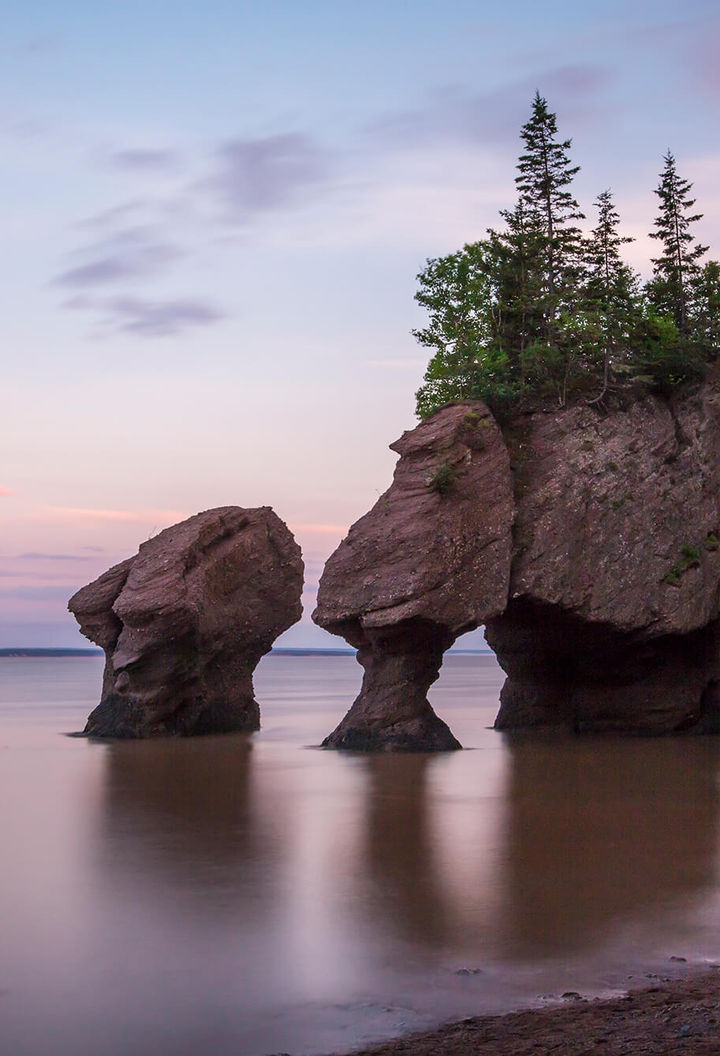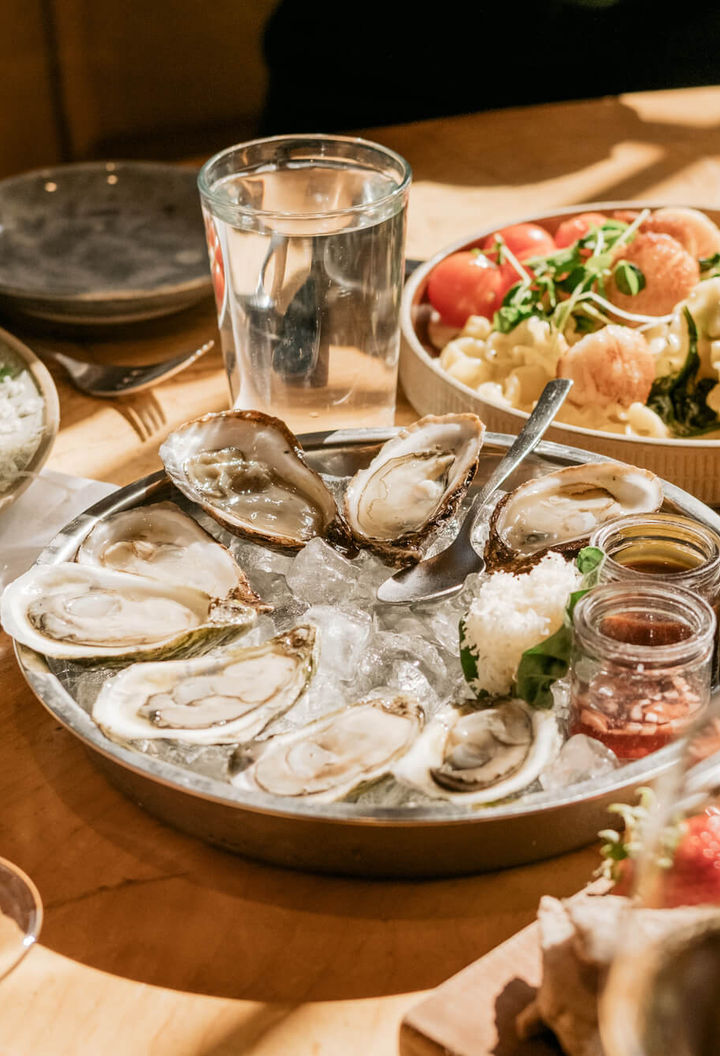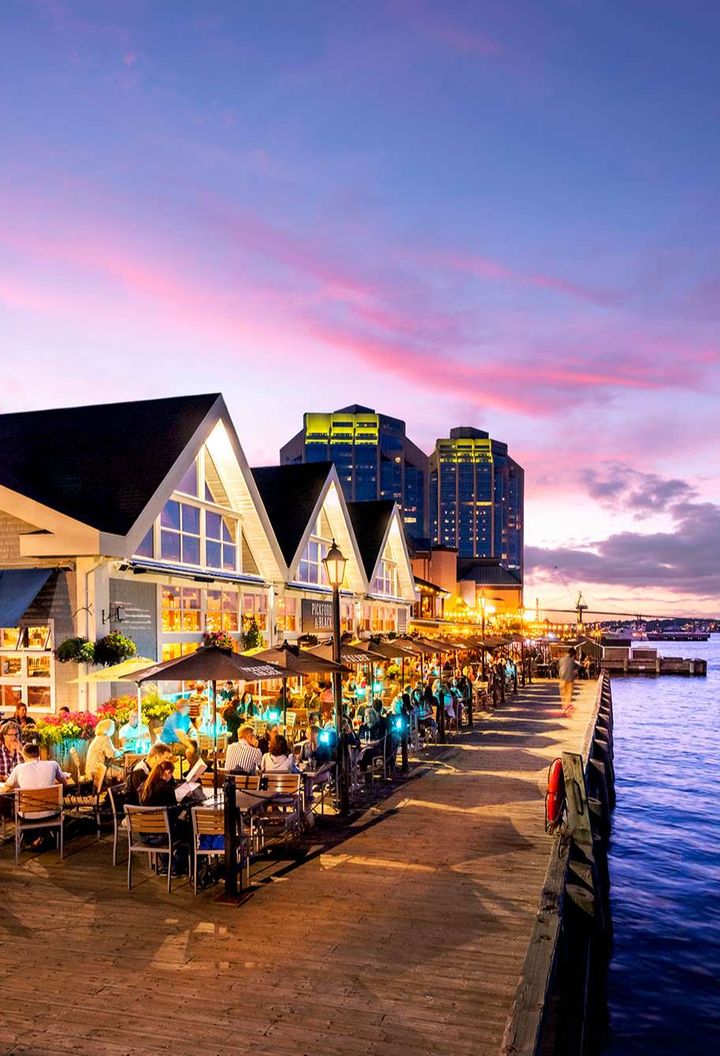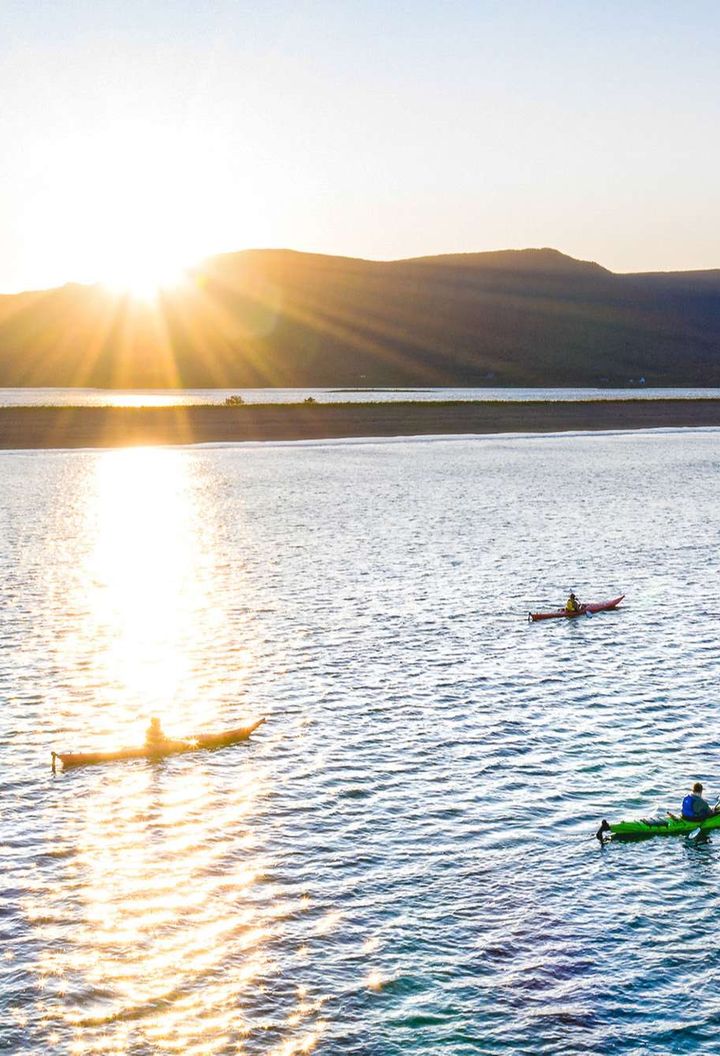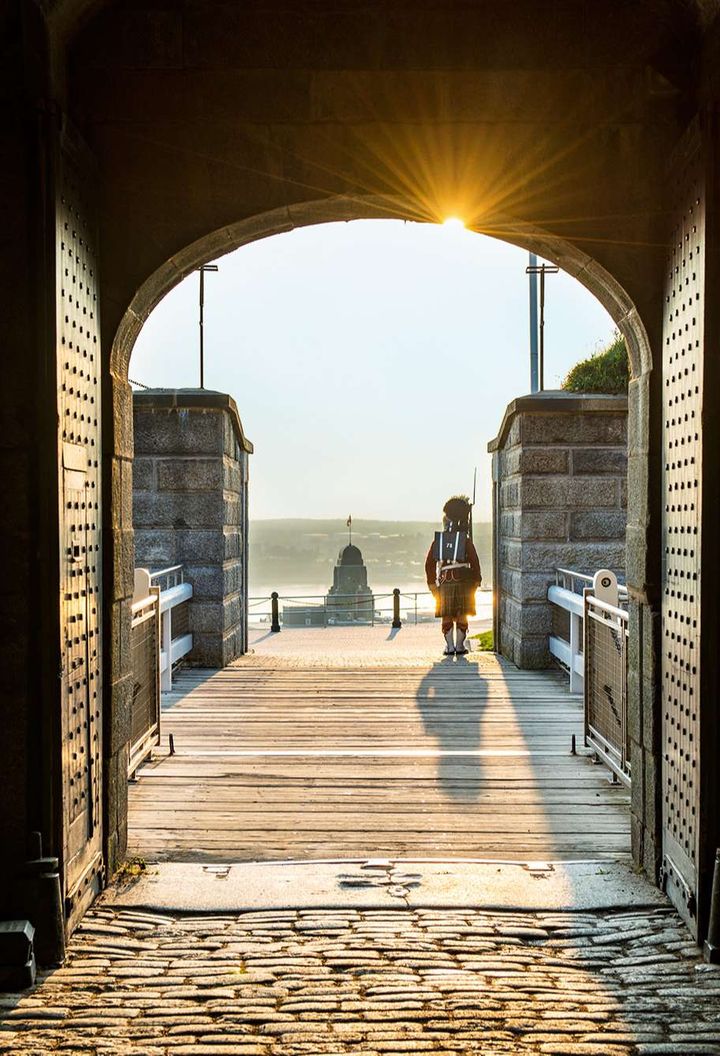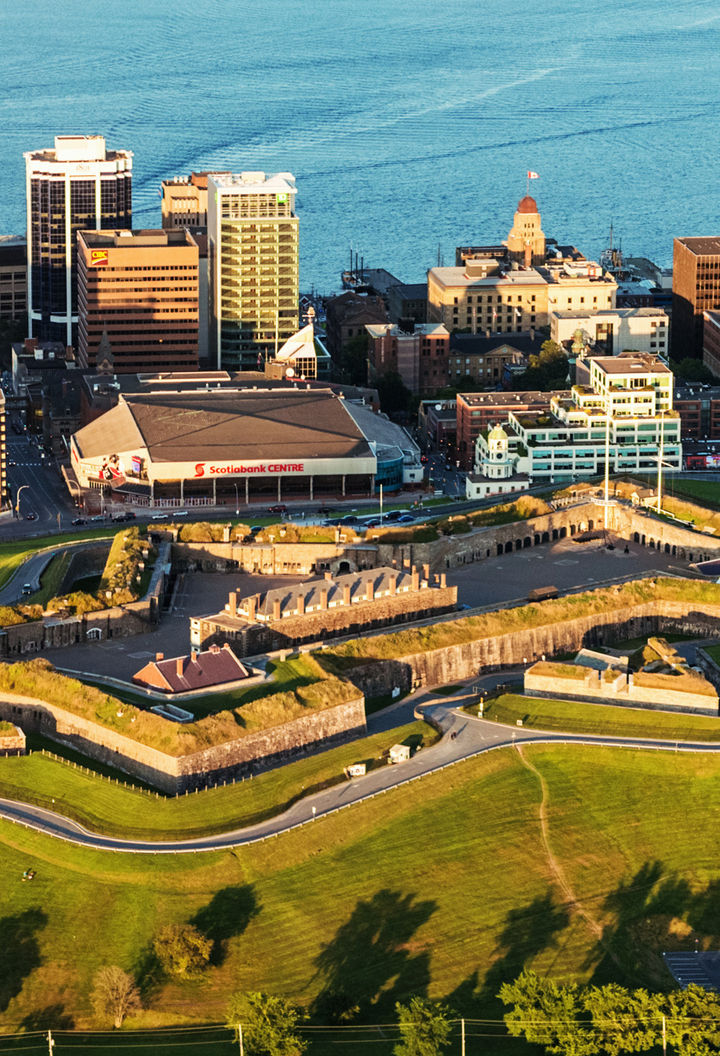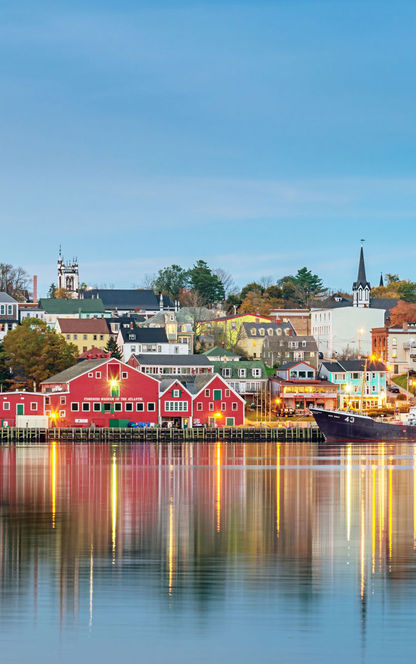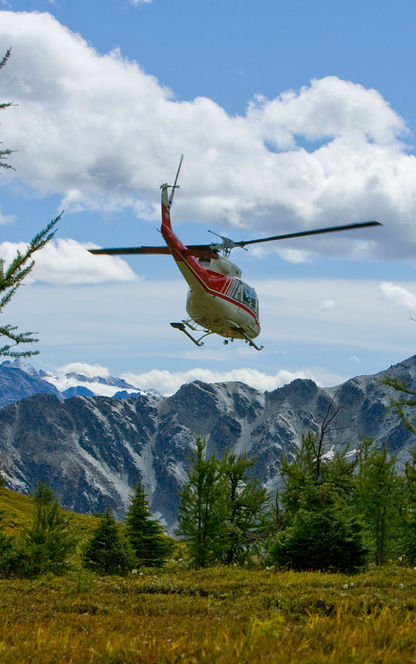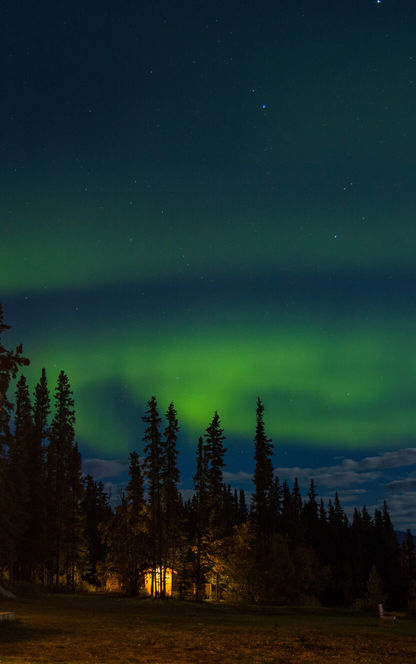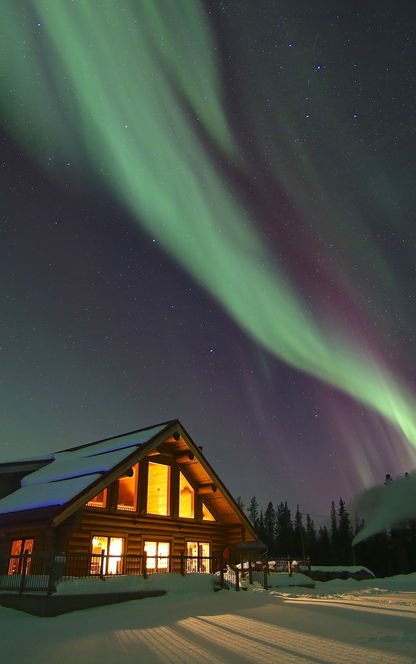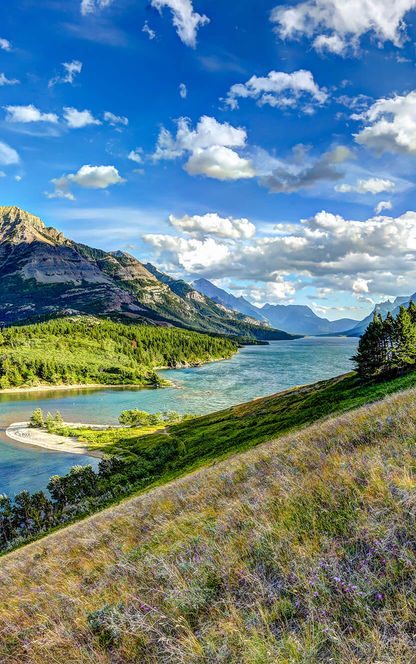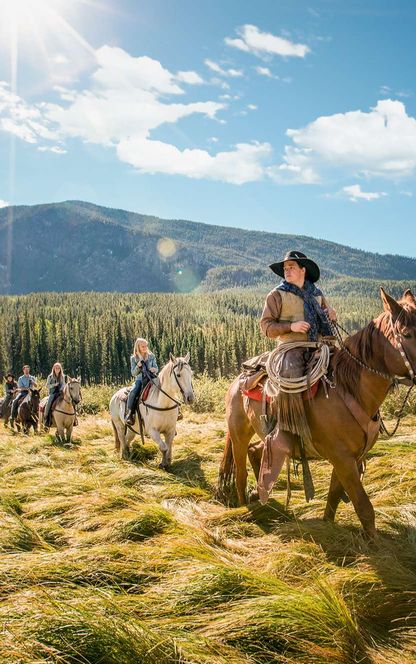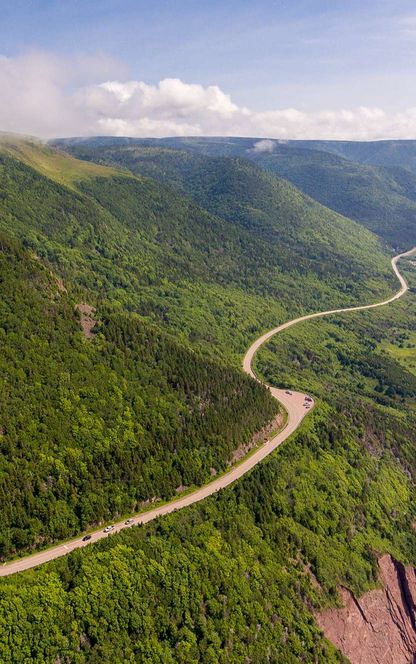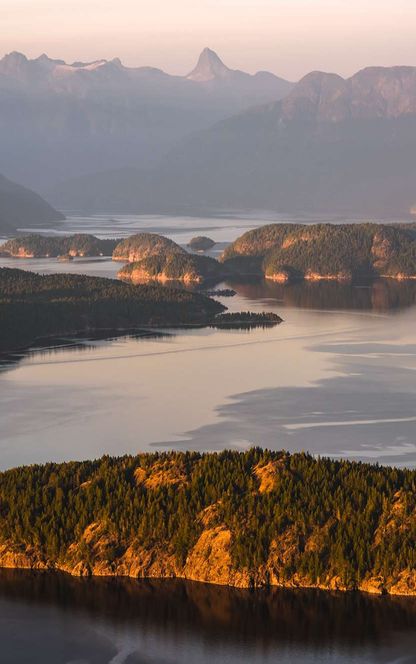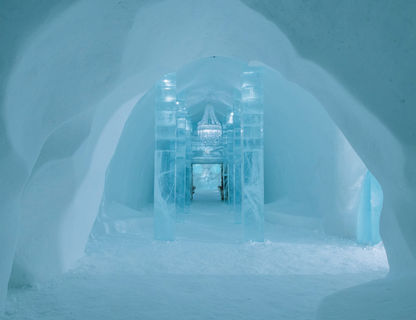Is Halifax a good city?
If you’re flying into Nova Scotia from the UK, Halifax, it’s the vibrant capital city, will likely be your first top. It has a strong arts and culture community and is proud of its influence on the overall culture of Atlantic Canada. It’s a multicultural city, with influences stretching from as far afield as Greece and Lebanon, meaning dance, music, and food are all touched on by these international cultures as well.
What is Halifax best known for?
One of the best ways to start your journey through the city is a walk along the waterfront. Victorian-era buildings, including traditional warehouses, are restored to their former glory to give you a glimpse into the city’s rich history. You can take various boat tours and excursions straight from the waterfront as well, so it’s a wonderful jumping-off point. The Maritime Museum of the Atlantic and Halifax Citadel National Historic Site are both educational and fun ways to discover the history of the city.
For some summer greenery, you can visit Halifax Public Gardens and Point Pleasant Park, which has a number of trails and ruins to wander through. It’s a treasure trove of beauty spots, restaurants, museums and performance venues, making a versatile destination for travellers.
























